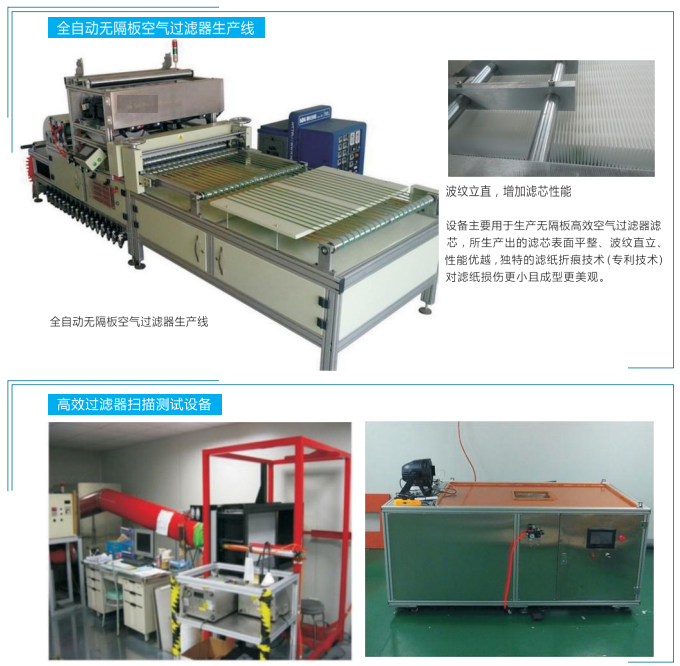Heat exchangers play a key role in ventilation systems by improving air handling efficiency, reducing energy consumption, and enhancing indoor air quality. Below is a detailed explanation of their functions and common applications.
I. Functions of Heat Exchangers in Ventilation Systems
-
Energy Saving
Heat exchangers recover thermal energy (or cooling energy) from exhaust air and transfer it to the incoming fresh air. This reduces the energy required to heat or cool fresh air, making it ideal for both winter heating and summer cooling. -
Improving Fresh Air Quality and Comfort
While ensuring sufficient ventilation, heat exchangers help preheat or precool the fresh air, minimizing temperature differences between indoor and outdoor air, and improving occupant comfort. -
Boosting System Efficiency (COP)
By recovering both sensible and latent heat from exhaust air, the system’s energy efficiency is significantly improved. -
Assisting Temperature and Humidity Control
In environments such as cleanrooms, laboratories, or temperature-controlled workshops, heat exchangers serve as pre-conditioning units to stabilize incoming air conditions.
II. Common Types of Heat Exchangers in Ventilation Systems
-
Plate Heat Exchanger (Sensible Heat)
-
Uses aluminum or plastic plates to separate exhaust and supply air streams while transferring heat across the plates.
-
Commonly used in commercial buildings, schools, and office ventilation.
-
Efficiency typically ranges from 50% to 70%.
-
-
Total Heat Recovery Unit (Sensible + Latent Heat)
-
Uses a special membrane that allows both heat and moisture exchange.
-
Ideal for residential buildings, hospitals, hotels, and environments with humidity control needs.
-
Provides better comfort and energy savings.
-
-
Heat Pipe Heat Exchanger
-
Features a simple structure with no moving parts; transfers heat via heat pipes while keeping airflow streams completely separate.
-
Suitable for server rooms, preheating/precooling fresh air, and drying systems.
-
Performs well in high-temperature exhaust air environments.
-
-
Rotary Wheel Heat Exchanger
-
A rotating wheel with hygroscopic coating simultaneously contacts both fresh and exhaust air, transferring both heat and moisture.
-
High efficiency (up to 70%–85%), but with a potential risk of cross-contamination.
-
Suitable for scenarios where energy efficiency is prioritized and cross-contamination is not critical.
-
-
Indirect Evaporative Cooling Heat Exchanger
-
Uses exhaust air evaporation to cool incoming air without adding humidity.
-
Ideal for hot, dry environments such as industrial workshops and warehouses.
-
III. Typical Application Scenarios
-
Industrial Facilities: Improve temperature and humidity control while lowering fresh air energy consumption.
-
Cleanrooms and Operating Rooms: Stabilize airflow and temperature for controlled environments.
-
Commercial Buildings and Offices: Precondition fresh air and improve HVAC efficiency.
-
Public Spaces (Subways, Airports, Schools): Ensure good ventilation while saving energy.
-
Data Centers and Server Rooms: Recover waste heat for air preheating during winter.
-
Livestock Houses and Greenhouses: Balance ventilation with temperature and humidity stability to support growth.
IV. Conclusion
The application of heat exchangers in ventilation systems has become an essential part of modern HVAC design. By recovering thermal energy, enhancing indoor comfort, and improving air quality, heat exchangers are a core component in green buildings, energy-saving solutions, and intelligent ventilation systems.

